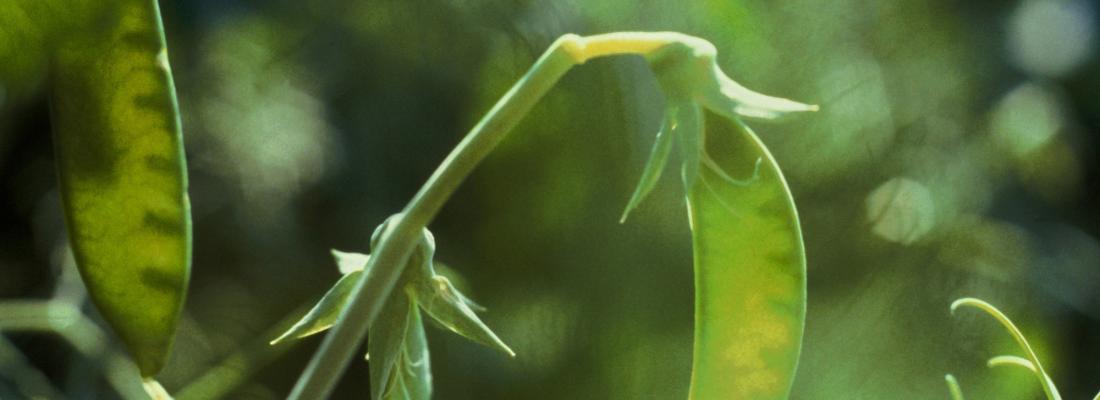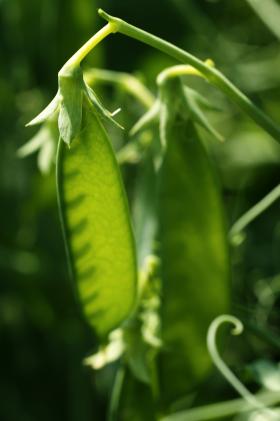Agroecology Reading time 2 min
The genome of the pea assembled for the first time
Published on 03 September 2019


In 1866, it was Pisum sativum L., a legume better known as "garden pea", that allowed Gregor Mendel to discover the laws of heredity. He had crossed different types of peas (yellow, green, smooth, wrinkled) and compared their appearance in different generations of offspring. His observations are today considered to be the beginnings of genetics. More than a century and a half after Mendel, the study conducted by researchers from INRA and CEA-Genoscope provides the first sequence of the pea genome. Because of its size and complexity, it took nearly two decades after the first genome sequence of a plant was published to achieve this result.
To reconstruct the sequence of the pea genome, several billion short DNA sequences have been ordered. The pea genome is indeed particularly large: more than 1.4 times larger than the human genome (4.5 Gigabases against about 3.2). It is all the more complex and difficult to order because it contains many highly repetitive sequences.
Using phylogenetics and paleogenomics, the team showed that major genomic rearrangements have occurred during legume evolution. The evolution of the genus Pisum is associated with a dynamic process of rapid gene evolution, including many translocations and transpositions. These events are probably responsible for the enlargement of the genome’s size that occurred during the divergence of the Fabeae tribe which includes peas, lentils and beans among other legumes.
Knowing the whole pea genome will enable a better understanding of the molecular bases of the traits of interest of the pea. This will facilitate the selection of agronomic traits of this species, in a context of climate change and high demand for plant proteins.
*The France-Genomics project (https://www.france-genomique.org) brought together researchers from INRA and CEA-Genoscope, in association with international partners: the Institute of Experimental Botany and the Biology Center (České) in Czech Republic, The University of Western Australia and Curtin University in Australia, University of Saskatchewan in Canada, Washington State University and USDA Pullman in the United States, University of Auckland in New Zealand.
|
Publication A reference genome for pea provides insight into legume genome evolution. Kreplak et al., Nature Genetics volume 51, pages1411–1422 (2019) |
